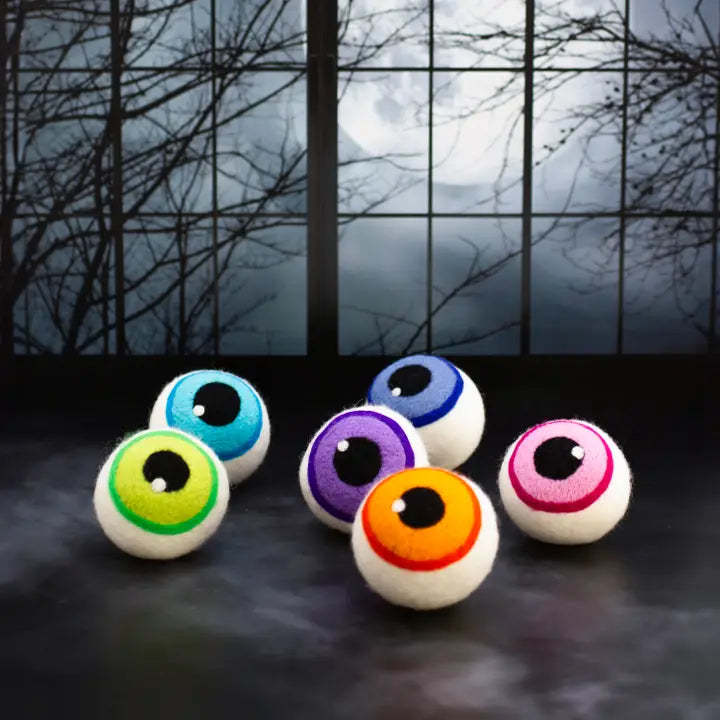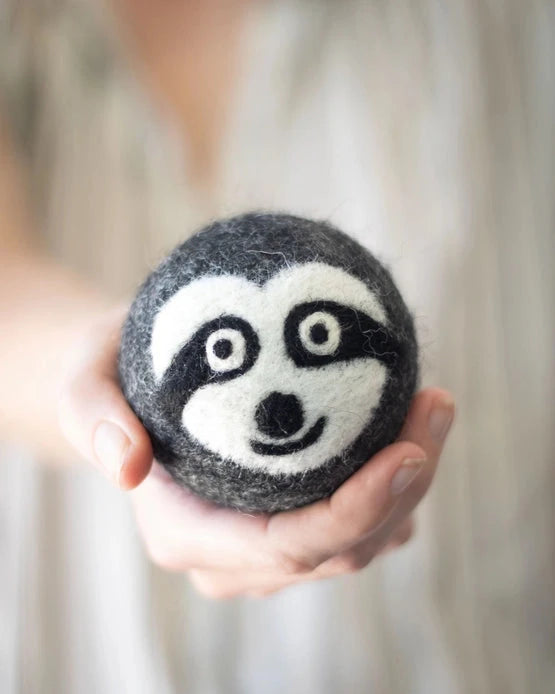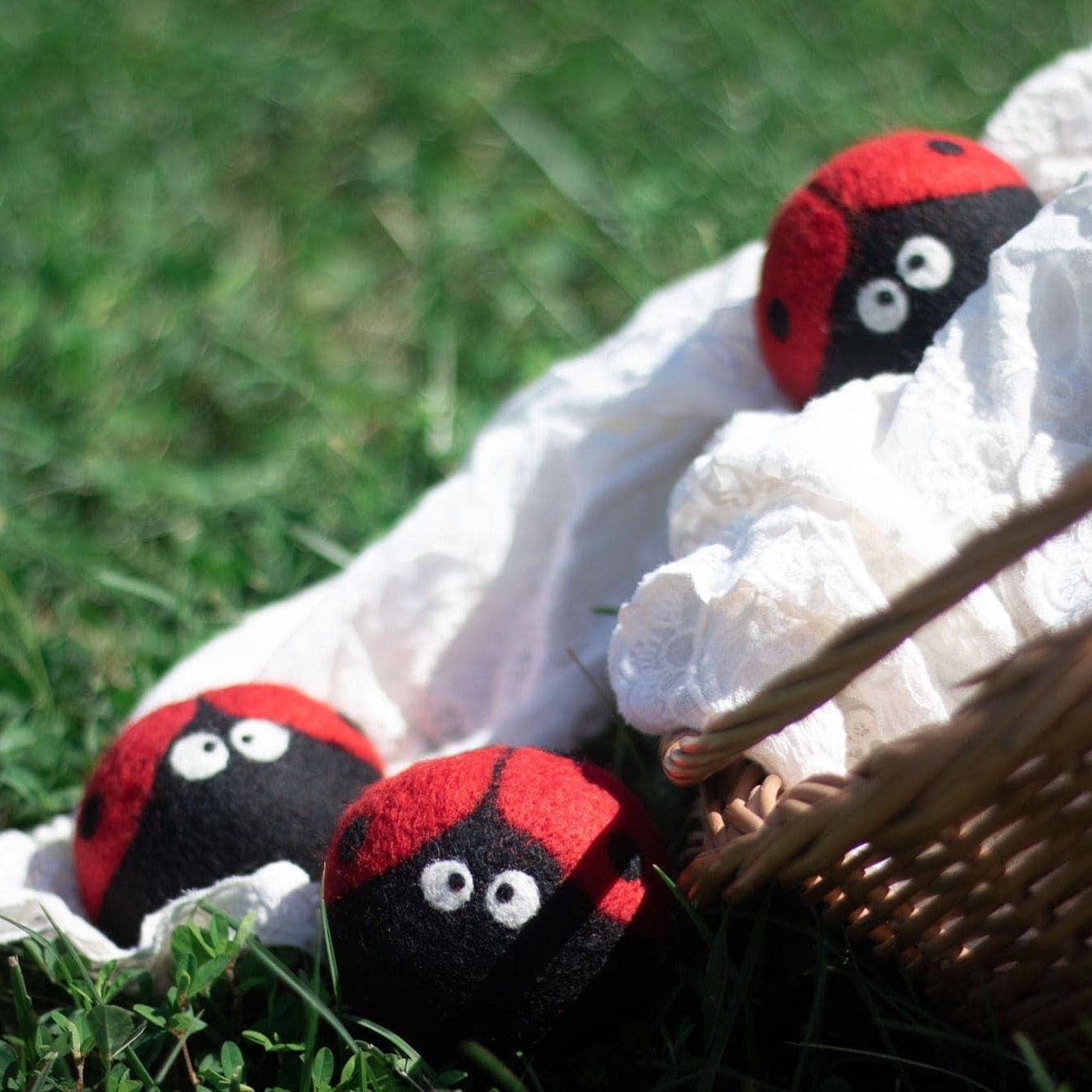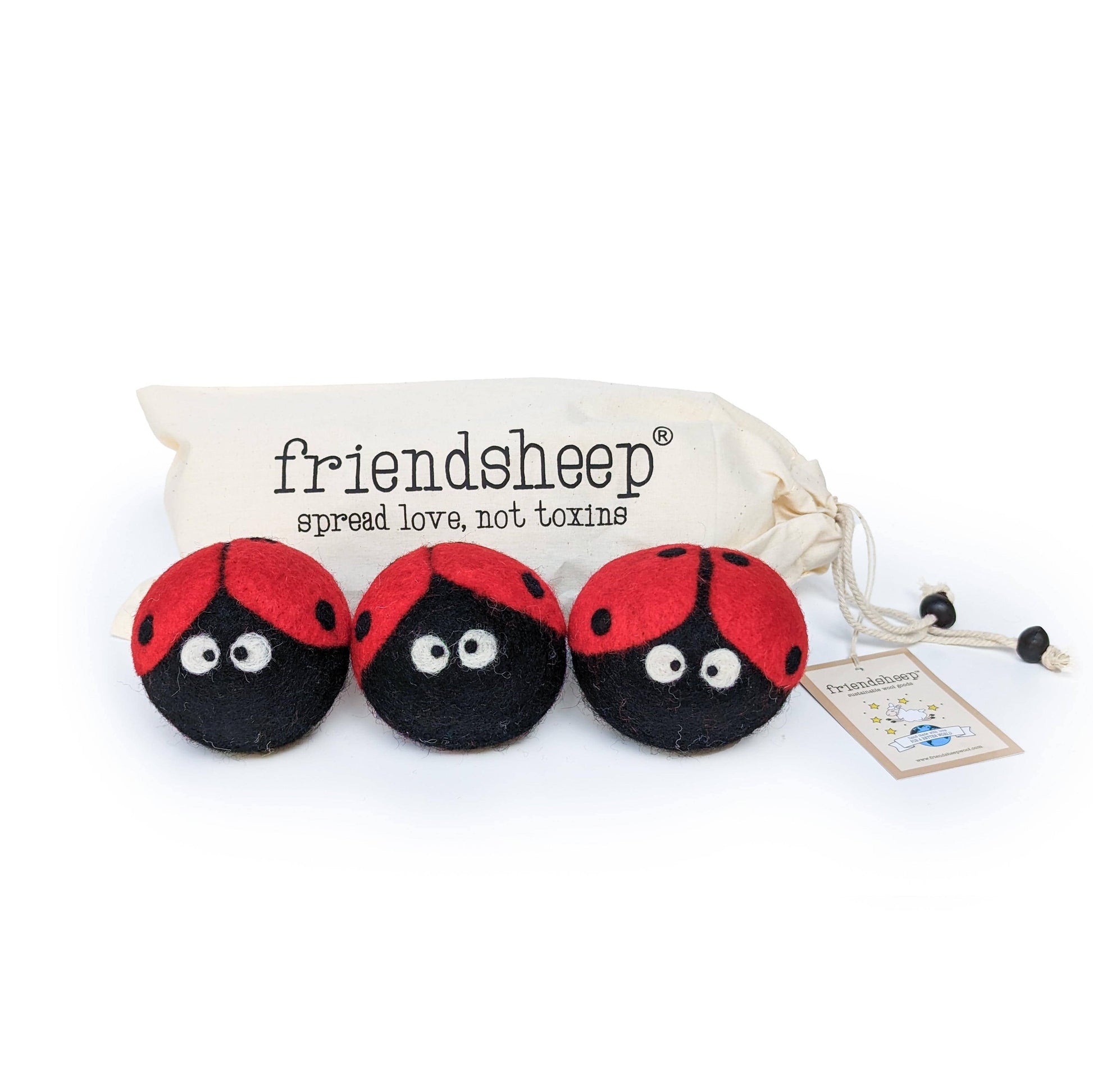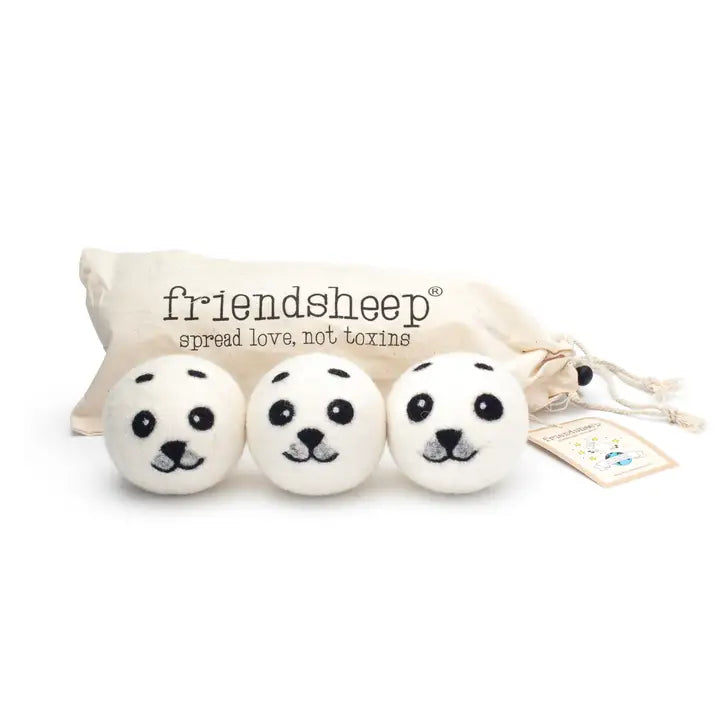

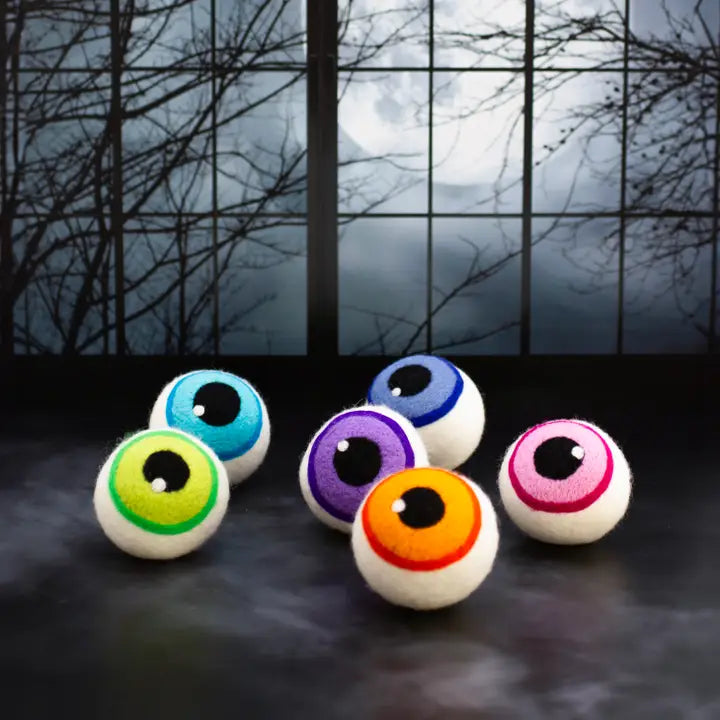




















all the news that's fit to print
AKA FAQs
Isn't Palm Oil Evil Now?
Palm oil itself has never been evil and ours is RSPO certified sustainable. What does this mean?
The Roundtable for Sustainable Palm Oil has certified that the palm oil we use has come from small, legacy farms that have been using sustainable farming methods for generations.
Rather than having a knee jerk reaction to current hot button issues, we have chosen to continue including palm, a wonderful oil with many valuable and nourishing properties for the skin, we chose to dive a little deeper into the issue and support families that rely on selling their crops for subsistence. In this way we have made a choice that is good for the planet and also our fellow humans on the other side of the globe.
Super-Fat Is Where It's AT! (Why our soap is NEVER drying)
I bet you're sitting there wondering what the heck super-fat means and what on earth it has to do with soap that soothes and moisturizes dry irritable skin.
Hang on. Here comes the nerdy stuff. Short version?
SKIN LIKES FAT SO WE GIVE IT SOME IN OUR SOAP.
When you make soap, you calculate the precise amount of sodium hydroxide (yes, this means lye and it has to be there in order for it to be soap, see next question) that needs to be added to your recipe's specific oils and butters and the ratios at which they appear in the formula.
The fats we use are organic food grade vegetable oils and butters.
If a formula is left exactly at that 1:1 kind of ratio, all of the oils and butters are bonded with the sodium hydroxide and turned into soap. However, if you calculate the amount of sodium hydroxide you add to your recipe to be LESS than the 1:1 ratio,
the fatty acids (the yummy nourishing oils and butters described above) are left available for your skin to absorb.
Our formulations are calculated at 6% superfat for body and face bars and 20% for shampoo, hand and pet soaps.
Those percentages of oils and butters are what are left available for your skin to absorb and what gives our soap (along with the exact ratios and choices of base ingredients) it's increased moisturizing and emollient properties.
That is why our soaps will never make your skin feel tight, stretched, dry or flaky.
It's Super-Fat, and that's a GOOD thing.
Does Your Soap Have Lye?
Yes.
All soap has lye.
If you're using a bar or dollop of something to wash your skin and it doesn't have lye, it is a detergent or surfactant and not soap.
Sodium hydroxide (lye) saponifies (turns into soap) oils and butters and that is soap making in it's simplest terms. If there's no lye (this can also be potassium hydroxide or even ashes) you don't have soap, you have something else.
No shade, but if you are buying handmade soap and the person selling it to you says that it doesn't have lye in it, they aren't a soap maker.
They may have purchased a melt and pour base and used that to "make" soap and don't understand that the base already has lye in it or they may buy their soap and repackage it and not understand their ingredients ie. the ingredients say saponified xy&z oils and butters which MEANS, lye (sodium or potassium hydroxide) was applied to turn those base ingredients into soap.
Finally, please don't be afraid of soap made with lye.
Properly made soap has a very precise amount of lye calculated based on the exact oils and butters and their weights and in the case of our soap, we reduce that amount so that 6% of the gorgeous, nourishing organic vegetable oils and butters we use are available AFTER saponification for your skin to absorb.
That's why they're so moisturizing.
We've got you.
Why Do My Roots Feel Sticky After Switching To Your Moroccan Star Shampoo Bar?
Scalp Detox & Residue Removal
- Traditional bottled shampoos often contain sulfates, parabens, silicones, and other chemicals that can build up on your hair and scalp over time, creating a slick, coated feeling & stripping your hair of natural oils. When you switch to a shampoo bar, which is free from these harsh ingredients, your scalp goes through a detox period sluffing off these built up residues. Simultaneously your scalp is rebalancing it's oil production to your new, more natural shampoo.
- During this time period (usually 7-10 days) you might notice your hair feeling thick and sticky at the roots. This is your scalp's natural sebum coming through and residue being removed as your hair adjusts to a clean shampoo as opposed to a stripping surfactant.
Smooth Out Your Transition
- Rinse well every time you use your new shampoo bar to reduce the stickiness.
- Use an Apple Cider Vinegar rinse. One part ACV to 3 parts water. Rinse from your roots down. Yes, it smells strong as you use it. The smell is gone as soon as you rinse it out with water. During your initial transition period you can do this rinse every time you wash your hair and once every 1-2 weeks thereafter. Vinegar rinses are FANTASTIC for your hair, restoring pH, clarifying, stimulating hair growth and boosting shine. You'll thank me later.
- Apply conditioner strategically if you decide you need one. Our shampoo bars are formulated to be extremely moisturizing and conditioning. If you still choose to use one for detangling etc, apply it only to the lower half or third of your hair, avoiding the roots.
- Enjoy your shiny, bouncy healthy hair!
Once you're through this initial transition period, which sounds worse than it is, you'll be joining the throngs of enthusiastic shampoo bar lovers revelling in your naturally gorgeous hair.
PS: Shampoo bars make travel and after workout showering a breeze. Formulated for hair, fabulous for whole body.
Can I Make My Candle Last Forever?
Nope.
She's here for a good time, not for a long time, even with our long-burning blend - especially if it's your favorite scent - but you CAN help it live it's best life by following these steps:
- Burn your candle long enough that the melt pool extends to the entire diameter of your vessel, especially the first time you burn it. This prevents tunneling.
- Trim your wick to 1/4" before burning each time. This reduces smoking and extends the burn time of your candle.
- Please burn your candle in a safe place. Place it on a non-flammable surface away from curtains, hanging decorations and out from under any cabinets etc.
- Keep your lit candle away from children and pets.
- We recommend not burning your candle longer than 4 hours at a time. If you forget and your wick drifts over toward the edge of your vessel, re-center it after extinguishing the flame but while the wax is still warm, using a non-flammable tool such as a wick dipper.
- Don't BLOW your candle out. Use a snuffer, wick dipper or even gently place the lid over the vessel to put it out so hot wax doesn't splatter and reduce smoke.
- Let your candle cool completely once you've extinguished it before touching or moving it. A burning candle's average temperature is 1,800 degrees. We don't want you or your loved ones to be injured.
- We recommend you stop burning your candle once the wax has reached 1/4 inch from the bottom. We know many people ignore this rule and if you are one of them, we get it, you want to squeeze every drop of delectable fragrance out of your candle. Please KEEP AN EYE ON YOUR CANDLE. Why? If the entirety of your wax pool is sitting liquid on the bottom of your vessel with a flaming wick in the center, all of the wax may catch fire at once, turning your vessel into an impromptu sterno pot. Suboptimal. Hence the suggestion not to burn it to the bitter end, but if you must... please have a care.
- Store your candle with the lid on and in a cool, dry place when not in use. This keeps dust out and preserves the scent.
What's The Big Deal About Paraffin Wax?
Have you ever walked into an environment where someone is burning a candle and immediately felt a tickle or irritation behind your eyes, in the back of your throat or started sneezing, coughing or feeling tightness in your chest?
Chances are high that the candle contains paraffin or a toxic fragrance oil.
Paraffin wax, distilled from petroleum, a by-product of gasoline production, is extremely carcinogenic and when burned, releases toxic chemicals like benzene and toluene into the air.
These chemicals can cause respiratory issues, asthma, and allergy-like reactions, itching, tearing, and soreness of the eyes, nose, throat, headaches, & even skin irritation and itchiness. Don't even get us started on endocrine disruptors.
Benzene is a known carcinogen that has been linked to leukemia and other blood cancers.
Toluene can cause headaches, nausea, dizziness, and more.
Burning paraffin, even in small doses, kills birds and bees. It also kills us, just more slowly.
Despite all of the very clear research about paraffin, most commercial candle manufacturers ie the candles you get from the grocery store, big box stores, discount stores - even the majority of the most expensive and exclusive candle makers in the world, still use paraffin in their candles.
Why? Because it is cheap. Yes, it may increase the hot throw of the scent slightly, but the bottom line is - greed.
We have a proprietary blend of coconut and soy wax that we have tested extensively and our candles perform amazingly. Does this cost a little more than a candle from the mall? Yes.
Is it worth it for the health and wellness of you, your loved ones and the planet?
ABSOLUTELY.



